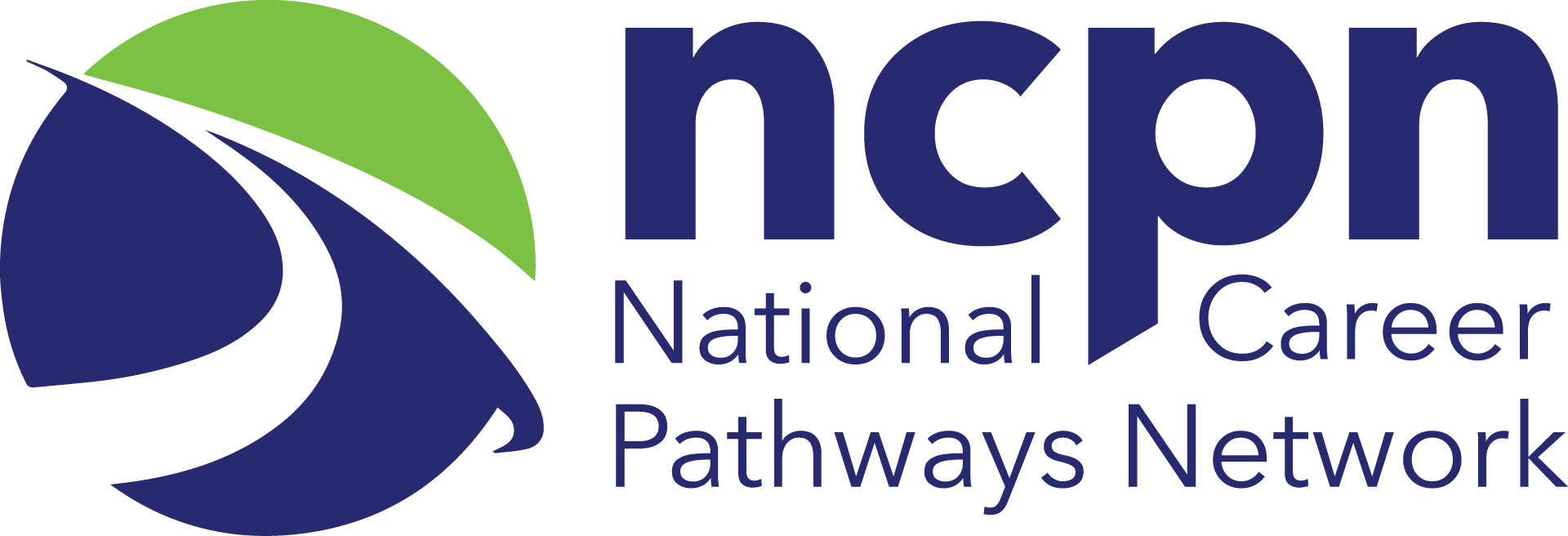Pathway Perspectives
The online journal of the National Career Pathways Network
Mapping Your Students’ Career Pathway Opportunities

Debbie Davidson
Technical Assistance Director, CORD
Each year new job titles and occupations emerge, and many students are faced with choosing a career they hope will provide advancement opportunities despite the uncertain landscape of the future workplace. Career pathway maps are planning tools that can help learners of all ages understand the opportunities available to them to learn and earn and realize success in the career paths of their choice. A “complete” career pathway map identifies entry and exit points aligned to credential attainment and advancing levels of employment and helps convey that a seamless pathway of stackable credentials is not only possible but critical to success in today’s labor market.
The career pathway map is more than a program of study or a course sequence. However, they are all related, and each contributes necessary information to a student’s career decision-making process. Career pathway maps are employer-informed and student-focused. At the core of the map is the occupation. Each academic credential offered should align to an employment opportunity, with the map identifying the job title and associated wages that have been validated by local employers. Without this validation, the credential has little value in the marketplace.
The career pathway mapping process often begins with community college faculty creating their “current state” map, listing academic credentials (certificate, diploma, degree), industry-recognized certifications (as applicable), local occupation, and corresponding wage data. Once the current state is mapped, an action plan is drafted to address program gaps and opportunities revealed during the mapping process. For example, if a certificate program does not “stack” to a degree, it places barriers to continued education for students. They may exit after the certificate, but there is no “on ramp” for them to resume their pathway journey where they left off. The mapping process can illuminate misalignments while the action planning process provides teams an opportunity to envision steps that can remedy these gaps.
Program on-ramps and employment off-ramps are critical for students who may not be ready to dive directly into a full degree program or students who must balance work and education simultaneously. Through the development of a career pathway map, local partners including a school district, community college, and even regional university can take a holistic look at local pathway offerings in collaboration with area employers. Mapping a student’s journey from high school to college to career helps partners see how the credentials they collectively offer stack up, or don’t. A map can also signal to adult learners how prior learning experiences such as military or workforce programs may count toward a career pathway of interest to them.
Students benefit from career pathway maps because they can see program outcomes relative to potential employment opportunities and wages, as well as a program’s duration and stackable credentials. Employers benefit from career pathway maps in knowing that, because they helped to inform the pathways’ skills sets, graduates of those pathways will be career ready. A career pathway map, the visual story of your institution’s credentials and aligned career opportunities, might be just what students need to choose the program that best meets their career goals.
To learn more about developing career pathways maps, check out Introduction to Stackable Credentials, developed by CORD for the US Department of Education’s Office of Career, Technical and Adult Education. This resource provides an overview of the process, mapping templates, and examples from colleges across the country. CORD provides mapping workshops and related technical assistance to community colleges seeking to enhance their pathway offerings and better communicate career opportunities to students. Learn more from our team.
See also the webinar titled The Counselor’s Role in Career Pathways on the NCPN website.

